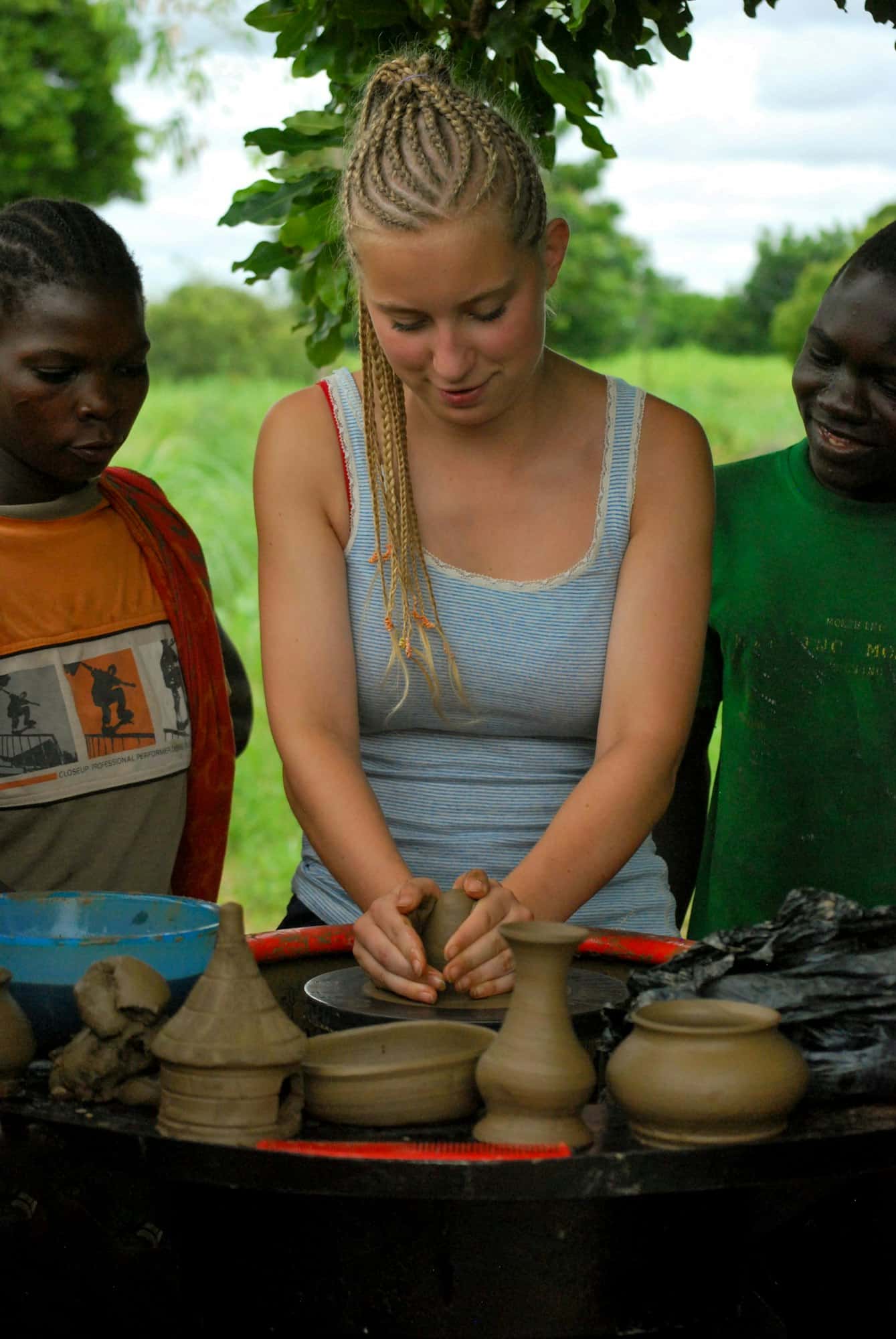How to Develop a Behavioral Modification Plan for a Parrot with Screaming Issues?

Parrots are colorful and intelligent birds cherished by many as pets. They are renowned for their mimicking abilities and vibrant personalities. However, these avian companions can sometimes exhibit problematic behaviors, such as excessive screaming. This article aims to provide you with a comprehensive guide to develop a behavioral modification plan for a parrot with screaming issues.
Understanding the Screaming Behavior of Parrots
Before you embark on the journey to address your pet parrot’s screaming issues, it’s crucial to understand why they are behaving this way. Birds, especially parrots, use different forms of communication. Screaming is a natural behavior for them in their wild habitats. It serves as a means of communication with their flock, locating each other, or alerting about potential dangers.
A lire en complément : What Are the Best Practices for Hiking with Your Dog in Bear Country?
However, in a domestic setting, parrots may scream excessively due to stress, boredom, lack of mental stimulation, or seeking attention. It is essential to observe and understand your parrot’s behavior to identify the underlying cause of the problem.
Steps in Developing a Behavioral Modification Plan
Developing a behavioral modification plan for a parrot involves a systematic approach. Here are the key steps to take:
Avez-vous vu cela : How to Choose the Right Type of Collar for a Dog with a Sensitive Neck?
Determining the Cause of the Problem
The first step is to identify the cause of your parrot’s excessive screaming. Look at the circumstances surrounding the behavior. Does it happen when you leave the room? Is it during feeding time? Is your pet bird screaming because it’s bored and wants attention?
Understanding the cause of the problem will help you devise an effective solution. If possible, consult with an avian veterinarian or animal behaviorist to get a professional opinion.
Creating a Comfortable Environment
Your parrot’s living conditions can significantly impact its behavior. Ensure the bird’s cage is spacious enough for it to fly and play around. Place the cage in a room with plenty of natural light and away from loud noises or high traffic areas. Regularly clean the cage and provide fresh food and water.
If your parrot is screaming because it’s lonely, consider getting it a companion. However, be prepared to provide separate cages initially, as parrots are territorial and may not coexist harmoniously right away.
Implementing Training Techniques
Training plays a crucial role in modifying your parrot’s behavior. Parrots are intelligent creatures and can learn to change their behavior with time and patience.
One technique is to ignore the unwanted behavior. If your parrot screams for attention, avoid responding immediately. Wait for a pause in the screaming, then give it attention. This will teach the bird that screaming won’t get your attention.
Another technique is to use positive reinforcement. Reward your parrot when it behaves well. This can be in the form of favorite food, toys, or even a simple head scratch.
Importance of Consistency and Patience in Training
Consistency and patience are key in training a parrot. Changing behaviors won’t happen overnight. You must be consistent with your approach and patient during the process.
Remember to use positive reinforcement consistently. Reward your pet bird as soon as it exhibits the desired behavior. This will help the parrot associate the behavior with positive outcomes.
Seeking Professional Help
If your own efforts don’t seem to work, don’t hesitate to seek professional help. An avian veterinarian or a certified parrot behaviorist can provide valuable insights and guidance.
They can assess your bird’s overall health, as some health issues can contribute to behavioral problems. They can also provide personalized training techniques suited to your bird’s particular needs and temperament.
In conclusion, remember that each parrot is unique, and what works for one may not work for another. Developing a behavioral modification plan requires understanding, patience, and consistency. But the reward is a harmonious relationship with a happy, well-adjusted pet bird. The effort you put in will surely be worth it as you observe your parrot flourish in your loving care.
Addressing Common Parrot Behavioral Problems
Unwanted behaviors in parrots extend beyond excessive screaming. It can include feather picking, territorial aggression, and displaying signs of stress or anxiety. Understanding these behaviors is the first step towards finding a solution.
Feather Picking
Feather picking or plucking is a common issue in captive parrots. This can result from a lack of mental stimulation, loneliness, or underlying health issues such as heart disease. If your parrot exhibits this behavior, it’s crucial to identify the cause and address it. For instance, providing plenty of toys, interaction, and mental stimulation can help curb this behavior.
Territorial Aggression
Parrots in the wild are known to be territorial, and this trait can extend to captive parrots as well. If your pet bird displays aggression whenever you approach its cage, it could be territorial aggression. Gradual and patient desensitization through training sessions can help manage this behavior.
Undesired Noises
Beyond screaming, parrots can also make other undesired noises. This behavior could stem from a desire for attention or a reaction to specific sounds in the environment. Identifying the trigger and modifying your response or the parrot’s environment can help reduce these undesired behaviors.
Remember, understanding a parrot’s body language can provide significant insights into what they’re feeling. Just like humans, parrots communicate a lot through their body language.
Parrot Training Tips and Tricks
Parrots are highly intelligent creatures, akin to African Grey parrots known for their cognitive abilities. They respond well to training when done correctly. Here are a few tips and tricks to get you started on your parrot training journey.
Positive Reinforcement
Positive reinforcement is a proven method of behavioral modification. Rewarding your parrot immediately when it exhibits a desired behavior is far more effective than punishing it for undesired behavior. Rewards can be treats, toys, or even some quality time with you.
Regular Training Sessions
Consistency is key when training parrots. Regular, short training sessions are more effective than infrequent, long ones. Try to set aside dedicated time each day for your training sessions.
Patience and Respect
Remember, every parrot is unique and has its own pace of learning. Don’t rush the process. Patience, respect, and understanding are essential when dealing with parrots.
Conclusion
Dealing with behavioral problems in parrots can be a challenge for many parrot owners. However, with a well-developed behavior modification plan in place, it’s certainly manageable. Whether your pet bird is an African Grey, a macaw, or a budgie, the fundamental principles are the same: understand the behavior, provide a comfortable environment, and employ regular, consistent training sessions with plenty of positive reinforcement.
In the end, remember, your pet bird is not just a decoration in a bird cage. It’s a living being with its own needs and feelings. Building a respectful and understanding relationship with your parrot will yield a rewarding companionship, one marked by mutual respect, understanding, and love.
Navigating the world of parrot behavior can be a complex journey, but it’s undoubtedly a rewarding one. After all, a well-adjusted, happy parrot makes for a happy home.
